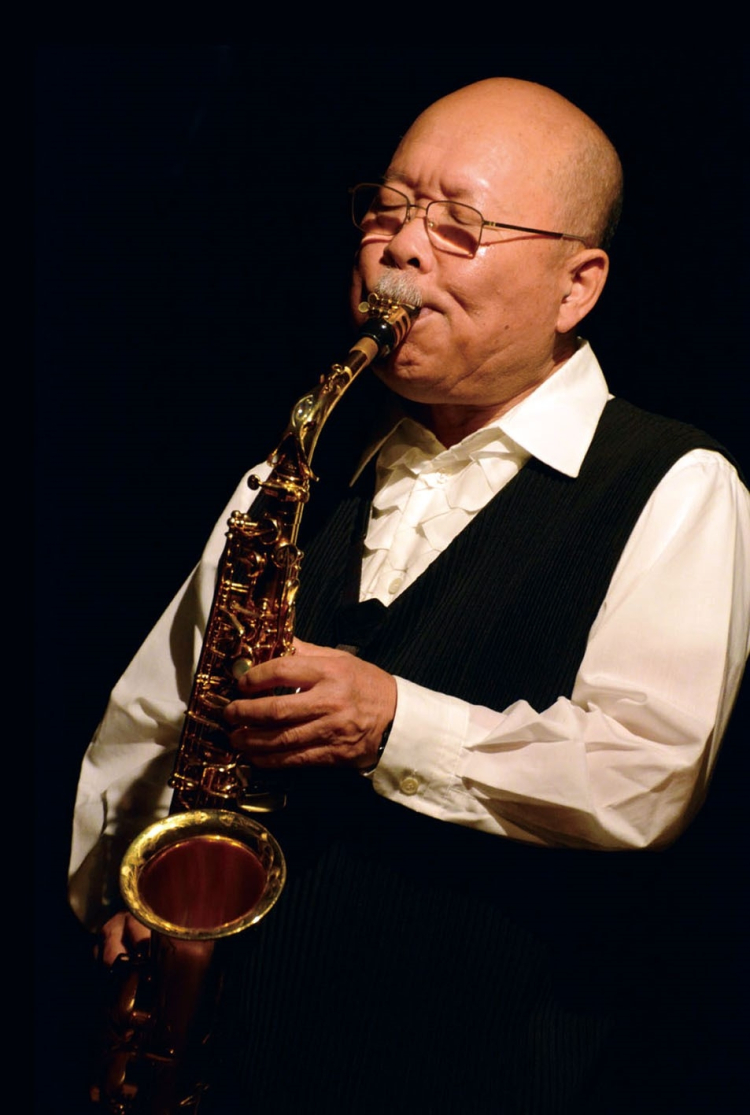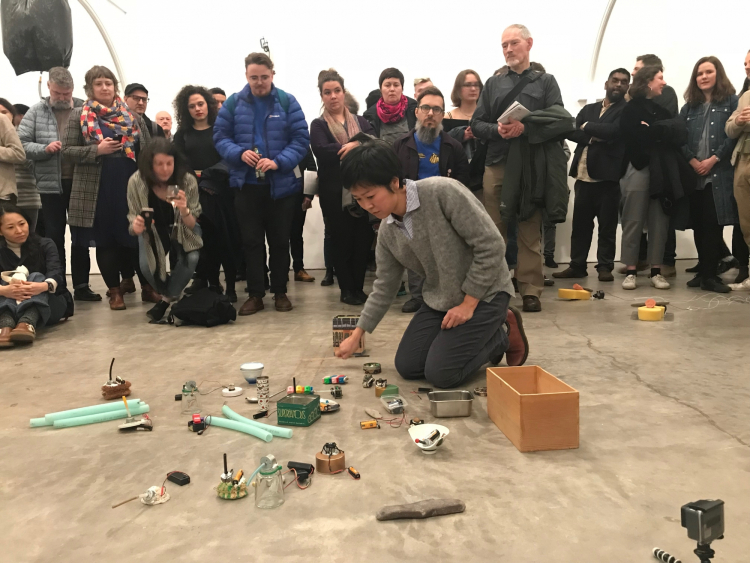2020.01.30 THU.
Akira Sakata, Rihide Nakajima
“Akira Sakata, Rihide Nakajima “Adult” Tour 2020”
Advance sale ¥3,500
E-Plus Pre-order 2020/1/9 (Thursday) 12:00-18:00 ※First-come, first-served basis
Akira Sakata (Musician / Visiting Professor, Faculty of Life Science, Tokyo Pharmaceutical University, Visiting Professor, Graduate School of Biosphere Sciences, Hiroshima University)
Born in Kure City, Hiroshima Prefecture in 1945, graduated from the Department of Fisheries, Hiroshima University. Participated in the Yosuke Yamashita Trio from 1972 to 1979, formed "Wha haha" and "SAKATA TRIO" in 1980, and became independent starting with Yo-roppear. Since then, various groups have been formed and dismantled, traveling around the world, and this has continued to this day.
Currently "ARASHI" (Paul Nilsen Love, Johan Buttling), "Bronjin" (Jim Oluk, Giovanni de Domenico, Tatsuhisa Yamamoto), "Watarai Dust" (Kyoko Kuroda, Hiroaki Mizutani), "COCODA" (Nana Omori, many other activities in and out of the group.
His recent work is "Michinko Daizen" CD with "Umi" (Akifumi). http://www.akira-sakata.com
Rihide Nakajima
It's an artist. Lives and works in London. His installation and performance, which combines his own battery motors and found objects to place sound on site-specific, has attracted attention from both sound art and visual art. Since 2013, he has been working on the "Sculpture" project with David Tuup, and has collaborated with many musicians such as the "Dead Plants and Living Objects" project with Pierre Belt, the band "OYAMA O" with Keiko Yamamoto, Akira Sakata and David Canningham.
https://www.youtube.com/watch?time_continue=8&v=27Tpms6ifL8&feature=emb_logo
Performance by Akira Sakata Rihide Nakajima
Well, it is said that Rihide Nakajima's work is basically a sculpture. Speaking of sculptures, there are many Buddha statues including Jizo in Japan for a long time, and it is a general perception that sculptures that can be seen in the wooden building column are sculptures. However, before the expression of art came out, in other words, there was an excellent expression act in society before civilization. Cave paintings, ground paintings and paintings on rocks, and those of Jomon period in this country have very good relics. At that time, his profession was not differentiated, so he did not say that it was his work. Jomon Venus and others can only be born in hunting and gathering life. Because they live with nature and receive everything from clothing, food and shelter from nature, it is naturally accompanied by prayers (work) of those who have lived in awe of nature.
Since the Meiji era, when Western culture flowed into the archipelago like a muddy current, works that have a strong influence on human centerism, such as bronze statues of people and naked figures of human beings, have been born.
In general, the sculptures I learned at school include Asuka Art, Unkei Kaikei, Jingoro left, and Kotaro Takamura, a Rodin of Michelangelo. Well, that's the case. However, it is no exaggeration to say that in the world of art, art using installations and images has emerged, and revolutions are still taking place. One of them is Rihide Nakajima. I don't know art very well, but I'm a person who reacts to overwhelming things.
Her sculptures vary slightly depending on the location, but the basics are arranged, or the store is expanded, or the assembly type is on the spot. And things, including myself, move, and sound comes out.
"The work becomes a sound! !」
Even if something that says, "What is this?" comes out, it is always a human expression act. The breadth of the heart that can enjoy it is not the same, but the richness of the mind.
"I wonder if there's a carving that makes a sound!"
"You may have a moving engraving!"
It's Taro Okamoto's style.
I can do it with anyone who wants to play together, artists, and musicians. Of course, if the other party accepts it, it is not a true moderation.
What happens there is a mysterious world that I don't know well.
By enjoying it, we feel the new horizon of expression and open the door to the next world. I hope that visitors will enjoy everything that is happening just like "the scenery seen from the train window" without thinking that it is art.
Akira Sakata







